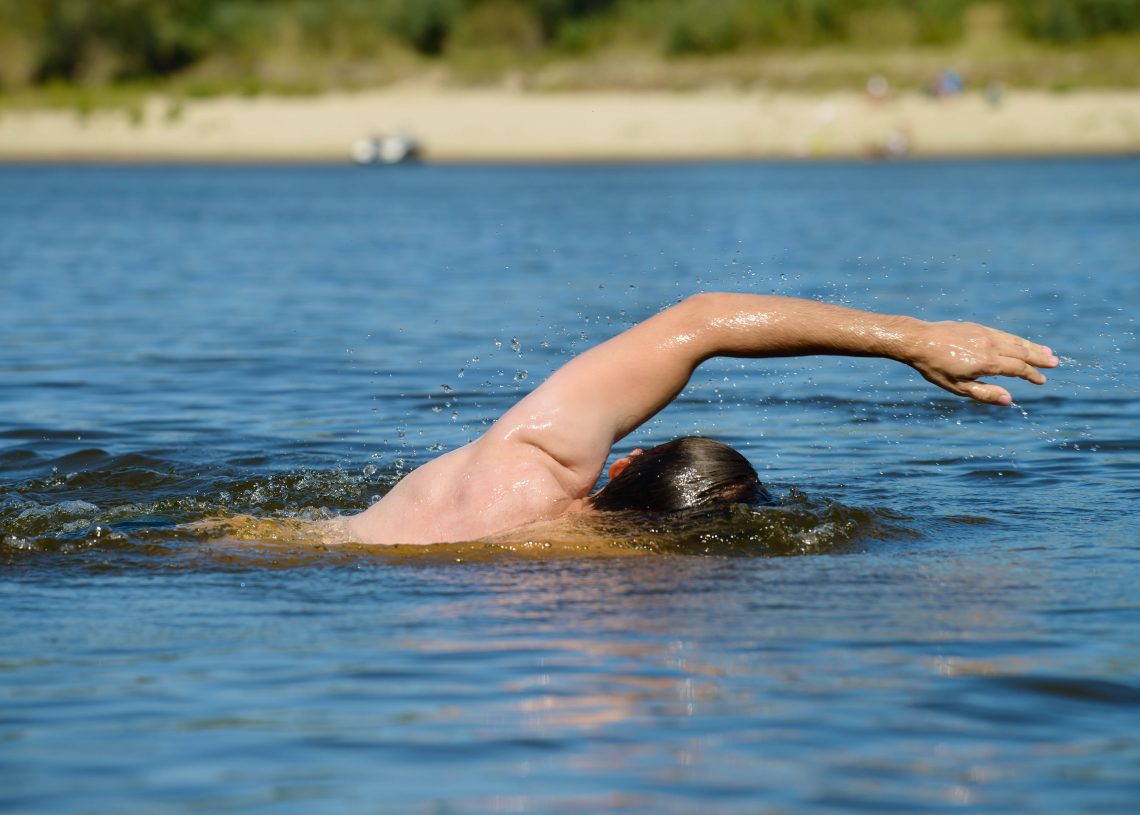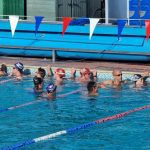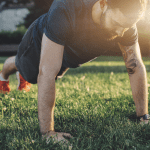
How to master bilateral breathing
“I’ve been told I need to do bilateral breathing for open water swimming but I can’t! What should I do?”
When people talk about bilateral breathing in front crawl swimming, they often mean breathing on alternate sides every three strokes. Let’s call this “standard bilateral breathing”. While some people find standard bilateral breathing a comfortable and natural way of swimming, there are many more who don’t. To be clear: there is no need to adopt a standard bilateral breathing pattern for any swimming.
If you can only breathe to one side in freestyle, you will be absolutely fine in almost all open water scenarios. Many competent and high-level swimmers only ever breathe to one side. Being unable to breathe bilaterally is not a barrier to participation in open water swimming. Please do not be put off open water swimming because you think you have to breathe bilaterally.
More generally, bilateral breathing can refer to any breathing pattern where you take breaths on both sides. For example, if you took three breaths to the left and then one to the right, that would be a bilateral pattern. While not essential, being able to choose which side you want to breathe is a useful skill in open water for several reasons.
Imagine doing an out-and-back swim parallel to a lake shore. It would help you swim straighter if you could look sideways to land and maintain your distance from it, whichever direction you’re swimming. This doesn’t mean you would have to take every breath to your less comfortable side, but if you could do one every now and then, it would help your navigation.
Breathing both sides can also balance your stroke and may reduce the risk of injury. For example, many swimmers press down slightly with the hand opposite to the side they breathe before they start the catch. This puts additional load on your shoulder and may lead to discomfort or pain over time. Switching your breathing side could help correct this by relieving pressure on your shoulder.
On big swims in open water, it can be advantageous to swim on the down-wind side of your support boat. It will be easier to swim straight if you can look at the support boat when you breathe, rather than away.
So while it isn’t necessary to breathe to both sides in front crawl, there are times when it’s helpful. It’s worth practising but don’t worry if it doesn’t come naturally. As it is hard to practise breathing to your less comfortable side when you are under pressure – if you’re swimming fast or in rough water, for example – try practising in calm conditions at an easy pace. Have a go at doing 5-minutes of each of the following:
- Four breaths to your good side, one to the other.
- Two breaths to your good side, one to the other.
- 30 seconds of standard bilateral breathing (breathe every three strokes) and 30 seconds of your normal breathing pattern.
- 30 seconds of breathing only to your left followed by 30 seconds breathing only to your right.
- Make up your own pattern.
If you struggle to take in air on your weak side, try focusing on breathing out while your face is in the water, before you turn for air. If you still don’t get enough air, try to stay calm, revert to your normal pattern and then try again after you have recovered. For some people, however much they practise, it always feels better and easier to breathe on one side than the other. That’s OK. You don’t need to achieve perfect symmetry. But if you can learn to breathe on your more awkward side, you should find it helps you occasionally.
What do you want to know about outdoor swimming? With new people coming into outdoor swimming all the time, we frequently get asked similar questions over and again. But we don’t mind. There are no stupid questions and a simple or old question can turn up an unexpected or new answer, so ask away: info@outdoorswimmer.com. We love hearing from you!








